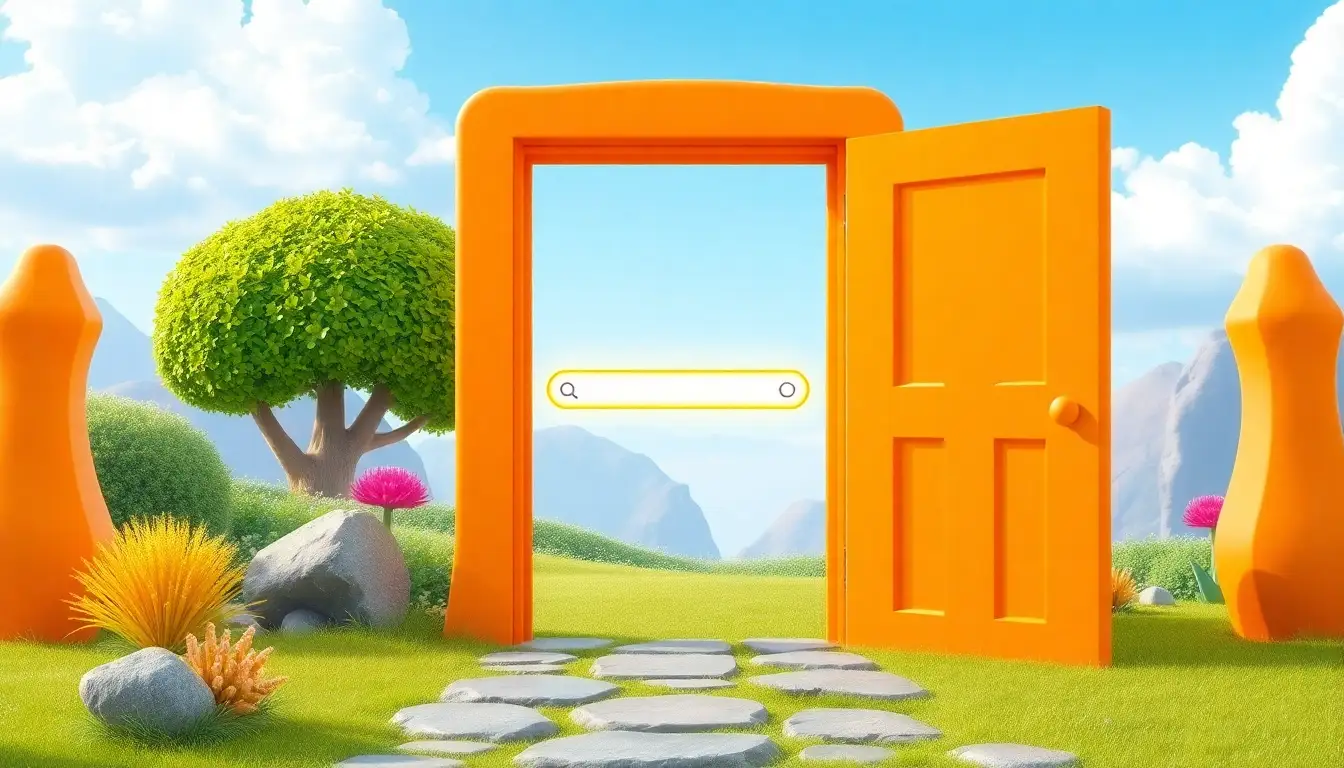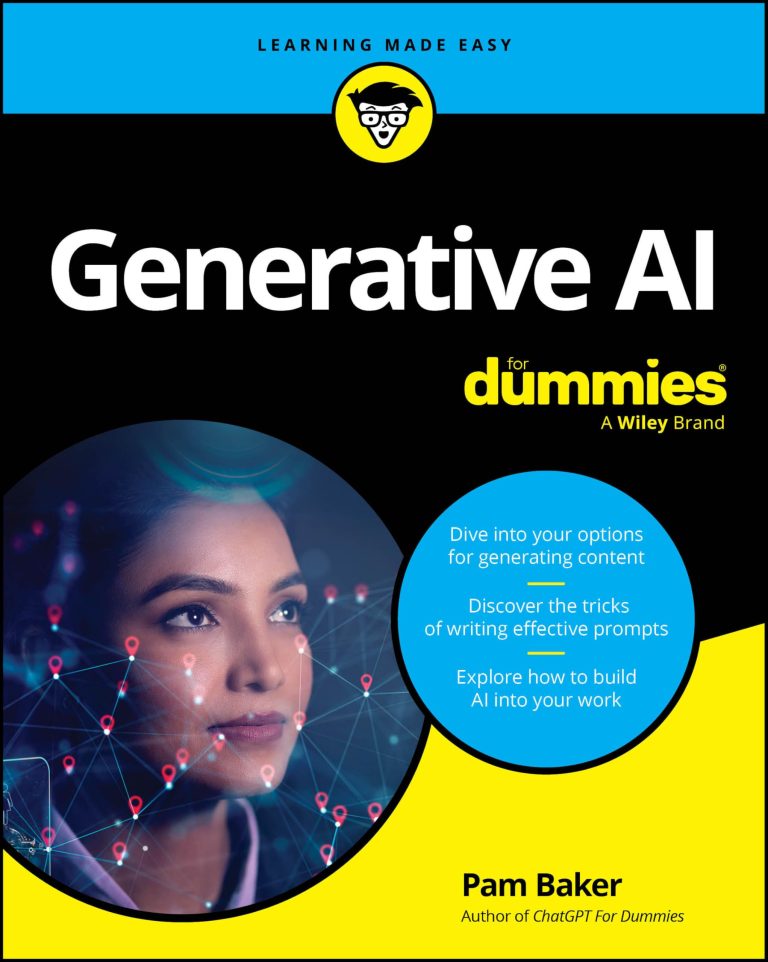
Now loading...
This weekend, Taylor Swift embarked on an inventive promotional strategy for her twelfth album, “The Life of a Showgirl,” by engaging her fanbase in an online scavenger hunt that originated with a simple Google search for her name. The campaign led fans to uncover a series of secret videos, but some expressed concern that the visuals seemed to be created using artificial intelligence, generating mixed reactions within the fan community.
Beginning the hunt with a Google inquiry, fans encountered the phrase: “12 cities, 12 doors, 1 video to unlock.” The challenge required them to identify the locations of these doors, venture out to find them, and scan QR codes, each unlocking one of twelve unique videos that offered clues to complete the puzzle. After deciphering the clues from the videos, fans had to band together to trigger another element of the search by collectively “knocking” 12 million times on an orange door that ultimately revealed a lyric video for “The Fate of Ophelia,” hosted exclusively on YouTube.
The scavenger hunt was first introduced in a visually striking video shared on Instagram by Google, which begins with a sweeping shot of Earth before zooming into a landscape adorned with an eye-catching orange door, superimposed with a search bar.
While many in the Swiftie fandom relished the puzzle-solving aspect, some were displeased with the aesthetic of the twelve videos, which they perceived as being potentially computer-generated. Instead of merely enjoying the process of unveiling Swift’s new lyric video, a portion of fans turned into skeptics, scrutinizing the clips for signs of artificial creation. The discussion about their authenticity has left ambiguity surrounding whether AI technology was genuinely employed in their production.
The speculation about the use of AI in these promotional pieces comes at a critical time as companies like Google enhance their AI capabilities, and some observers see this collaboration with Swift as an opportunity to showcase what their latest models can accomplish. While Google did not provide a response regarding the methods behind the video creations or whether Swift and Google used AI in their partnership, it’s worth noting that they have collaborated on similar promotional campaigns before.
The conversation surrounding AI in creative industries remains nuanced, with artists divided on the implications of such technologies. While some view AI as a valuable asset for improving productivity, others voice concerns over its potential to misuse artistic work without proper consent, raising questions about the future of artists’ rights and livelihoods.
Interestingly, Swift has previously cautioned against the risks associated with AI and the dissemination of misinformation. Following an incident where an AI-generated image falsely depicted her endorsing a political figure, she took to social media to clarify her stance and emphasize the importance of transparency regarding her own political views.
The scrutiny surrounding the potential use of AI in Swift’s promotion highlights the delicate balance between innovation and authenticity in creative endeavors, especially for a leading figure in the music industry like Swift, who possesses vast resources to produce intricate visuals without relying on artificial generation.
